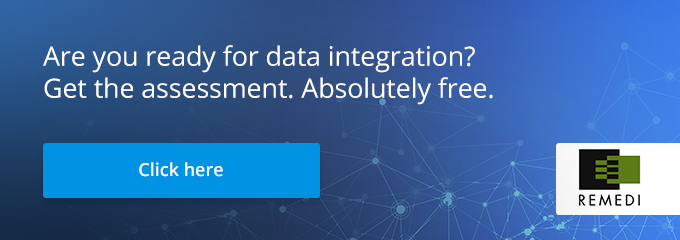
Is it time to audit your integration system? Why would you need to audit it, anyway; what do you get out of this exercise?
There are some very good reasons to perform an integration audit. It allows you to see if everything is working as it is supposed to as well as to ensure that you are in compliance and not exposing yourself to any risk. Read on to learn more, as well as to learn how to conduct an integration audit.
Why Perform an Integration System Audit?
There three reasons to perform an integration system audit:
- To make sure everything is working the way it should.
- To ensure you are in compliance with regulations.
- To ensure you are not exposing yourself to any undue risk.
When it comes to technology, many of us have a “set-it-and-forget-it” attitude. We only check in if something is not working properly. Of course, by that point, it is too late; there are already problems which could affect your ability to satisfy your customers. Integration is crucial in today’s business environment; it allows you to derive new insights from your information.
“There is a tendency to only check in with technology if something is not working, which is too late.”
Compliance and risk are two other important reasons to perform an integration system audit. As privacy legislation around the world changes, it is imperative to make sure that your integration system is in compliance. Otherwise, you could be at risk for financial penalties, not to mention the reputational damage you would suffer if you did not comply with regulations.
How Do You Perform an Integration Audit?
Now that you know the “why,” it is time to move on to the “how.”
There are a number of steps in an integration system audit. In the first phase, the auditor(s) plan for the audit. The planning stage involves gathering information about the company, its industry, what regulations exist, what risks it faces, what integration technology is in place, what procedures have been established, and what is being done to detect and control risk.
“During the first stage of the audit, the auditor(s) plan for the audit by gathering information.”
Auditors have a choice of techniques to audit an integration system. They can perform a compliance test or a substantive test. A compliance test determines whether an organization follows its control procedures, while substantive testing evaluates the integrity of data and other information.
Can I Perform My Own Integration Audit?
The answer to that question will depend on whether you have experience carrying out integration system audits. If you do not, you should turn to an expert.
Remedi has years of experience carrying out integration system audits. Our skilled staff evaluates your integration environment or solutions to ascertain that processes run at peak performance and efficiency.
“Remedi has years of experience performing integration system audits.”
After the audit, Remedi consultants provide you with a list of issues affecting your integration system as well as strategies to optimize your integration environment so you can achieve business success. At Remedi, our goal is for you to feel confident with your integration environment. Are you ready for data integration? Get the assessment. Absolutely free.



